Lisa Paguntalan gave a presentation on the newly recognized Philippine Hawk-owls on 7 December 2012 during the 8th Philippine Bird Festival. She explains the difference between a new species and a split and also describes their exciting future plans for further studies and conservation..
New Philippine Owls
Lisa Paguntalan
Philippines Biodiversity Conservation Foundation Inc.
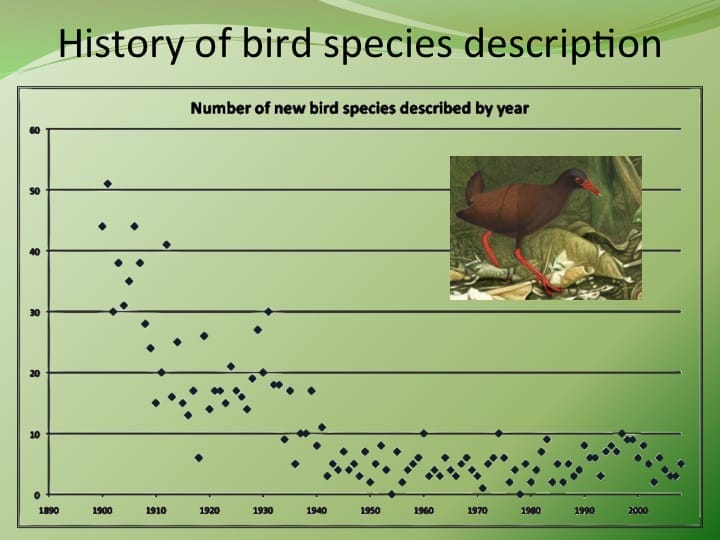
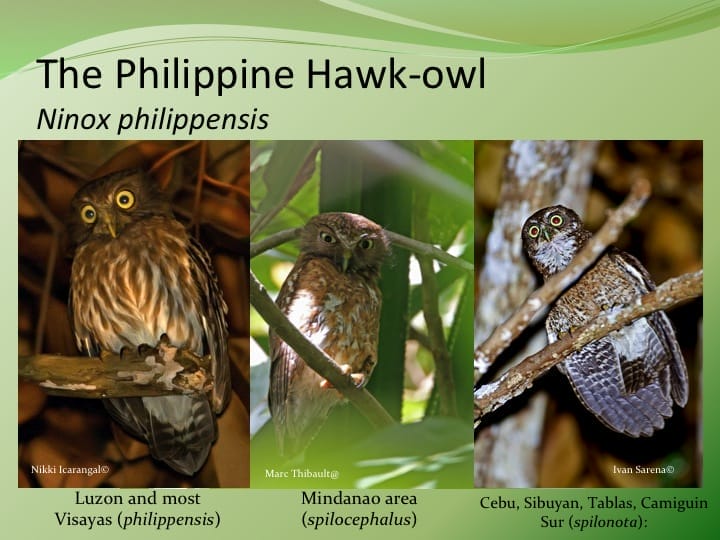
Philippensis – striped breast and belly, plain head
Spilocephala – striped belly; barred breast; spotted or barred head
Spilonota – spotted/barred head; plain and barred belly and breast
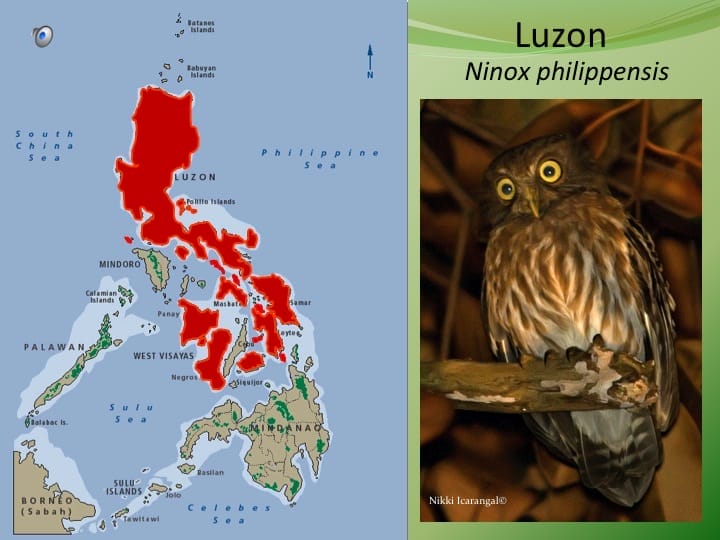
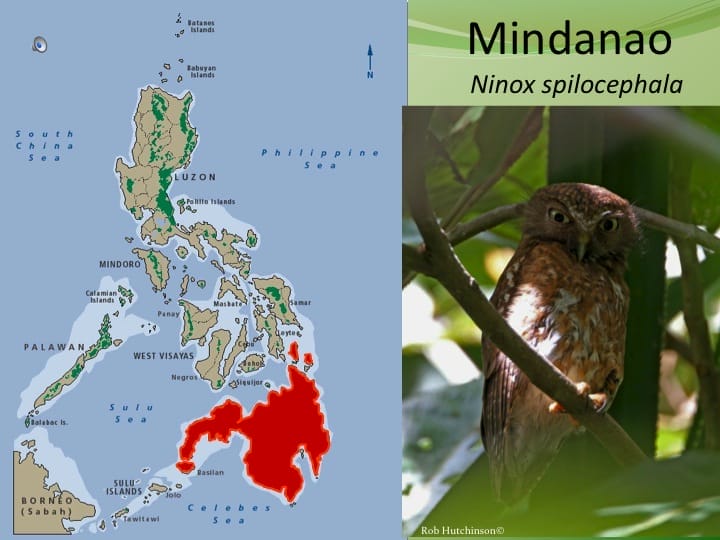
Split and elevated to a new species.
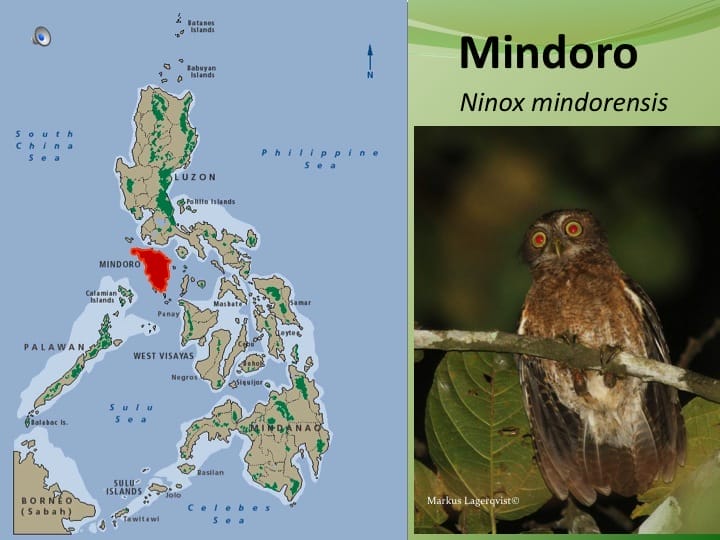
Voice much higher-pitched than others, with sweet prolonged whistles and screeches
Often also high toots in series.
Vocally most like Tablas and Sibuyan birds but much too distinct to be considered same species.
Occurs both in single remaining lowland forest patch and montane forest.
Split & elevated to full species
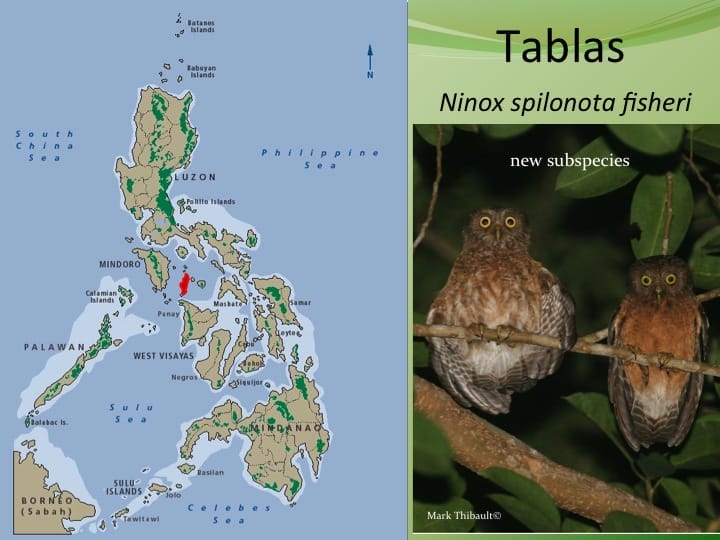
Songs are series of single downturned well-spaced short whistles, changing to 3-5 quick notes.
The two island populations differ slightly from each other in size and voice.
Tablas population a new subspecies.
Both islands almost deforested, but the owls still exist.
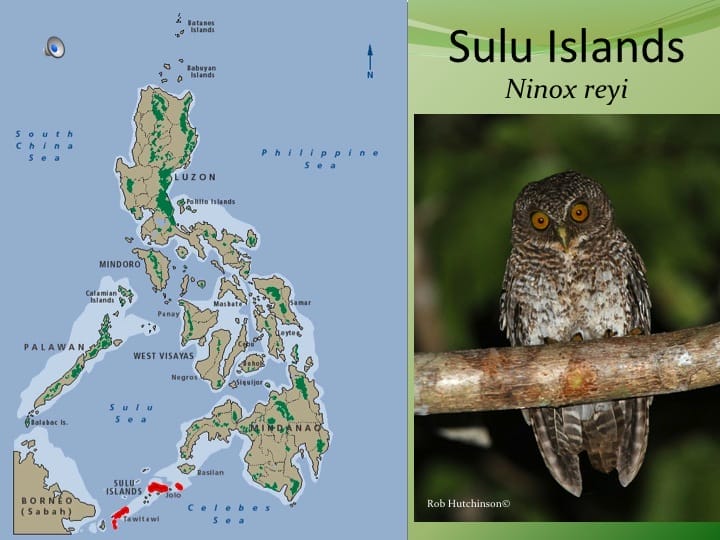
Song extraordinarily distinct.
Not like most owls—rapid toneless clucking percussive series.
Local name “luk-luk”!
Only on rather small islands, but does occur around villages.
Sulu, Siasi, Tawi Tawi and the adjacent Sanga Sanga and Bongao, Sibutu.
Split & elevated to full species.
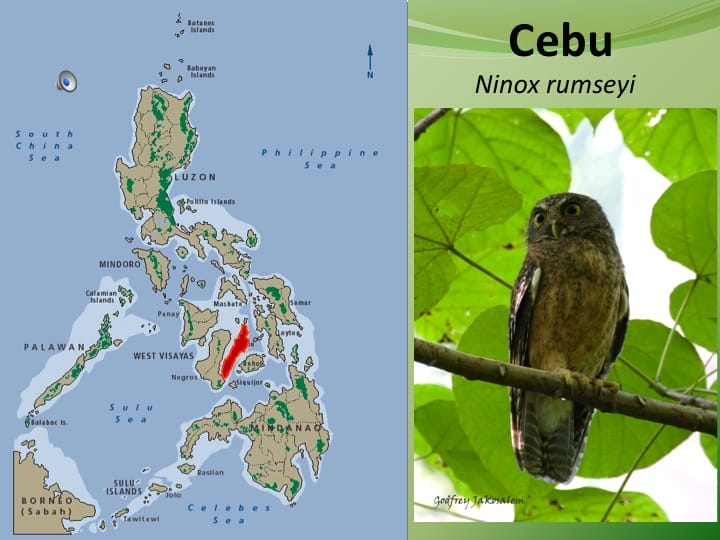
Thought possibly extinct because of deforestation of Cebu.
Rediscovered several years ago and now well-studied.
Differs in minor physical characters.
Song resembles that on Sibuyan and Tablas but much faster, with more notes per phrase, and complex notes not given on those islands.
Only found in few remaining forest patches.
New species.

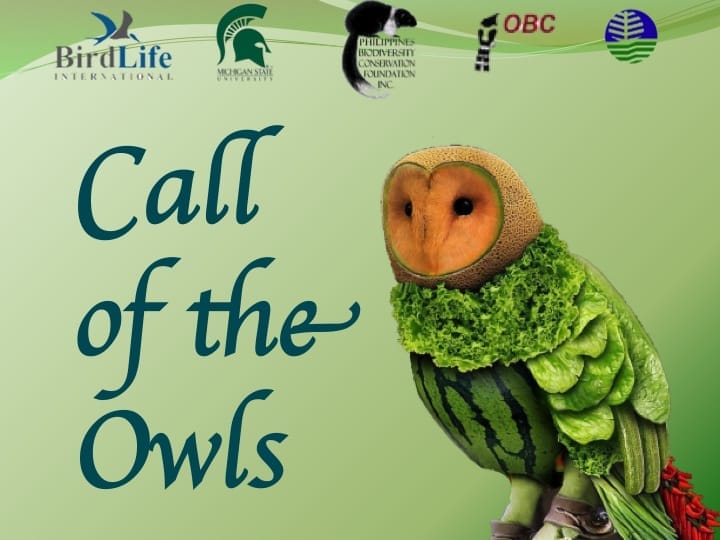
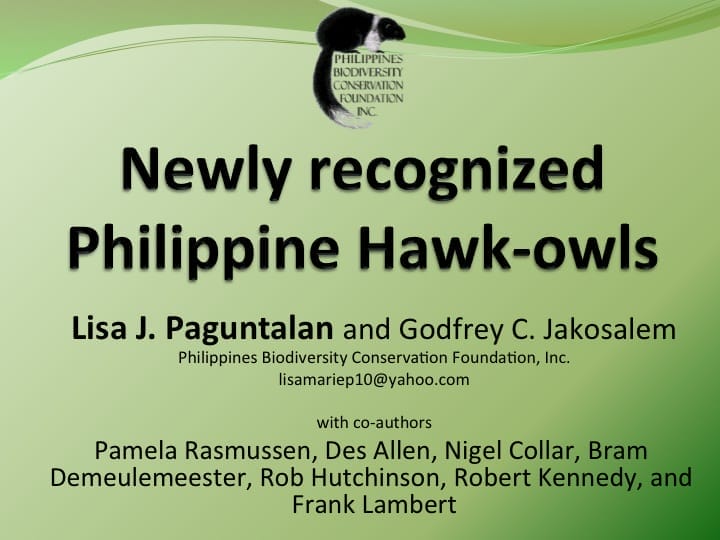
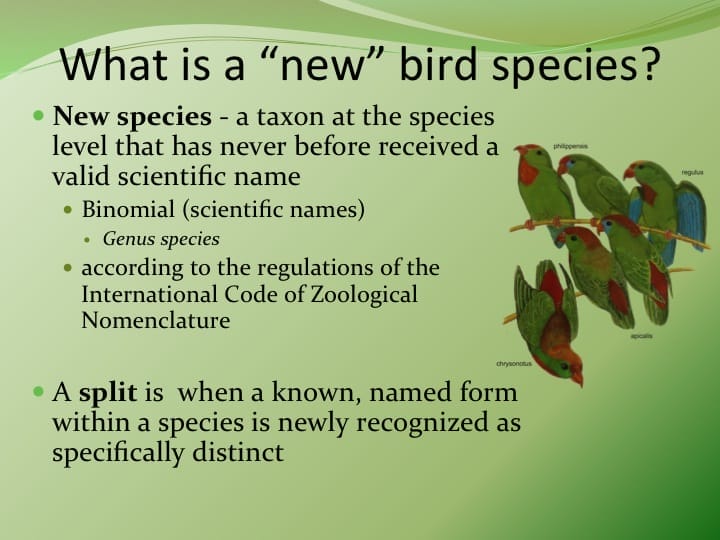
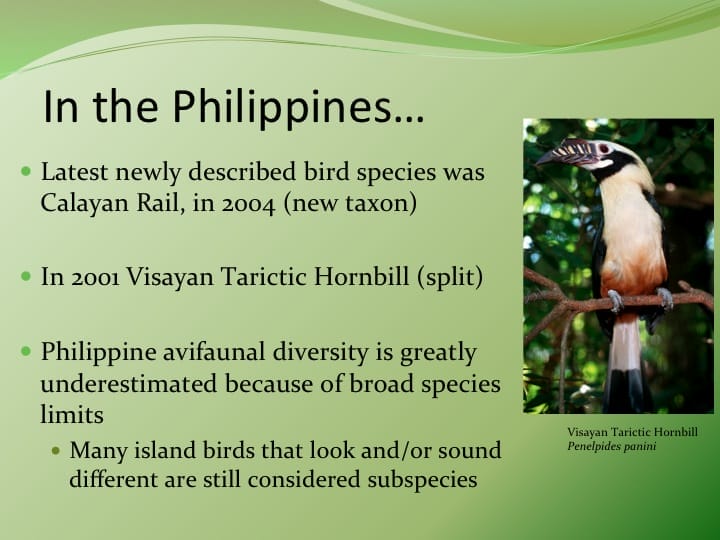
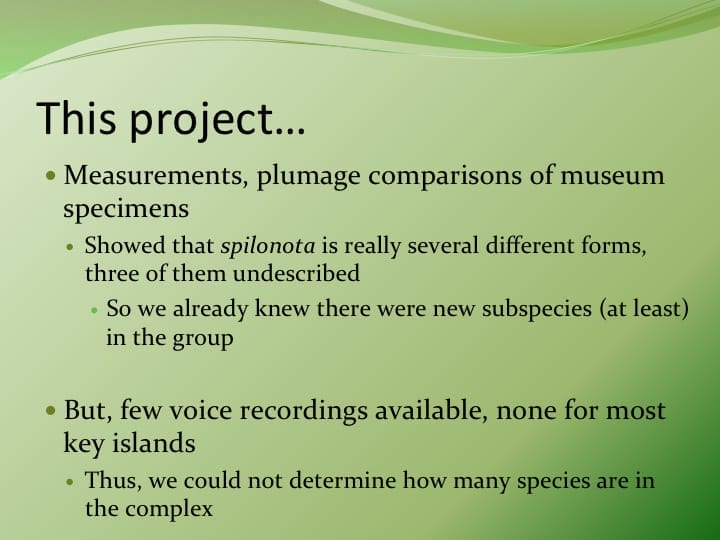
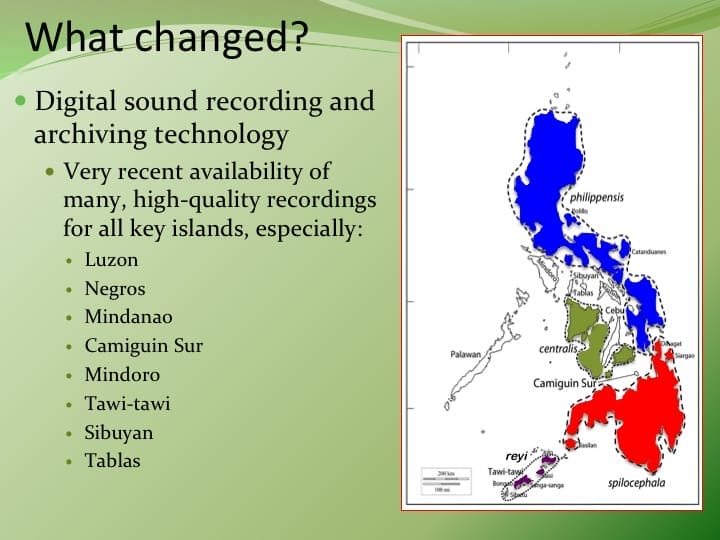
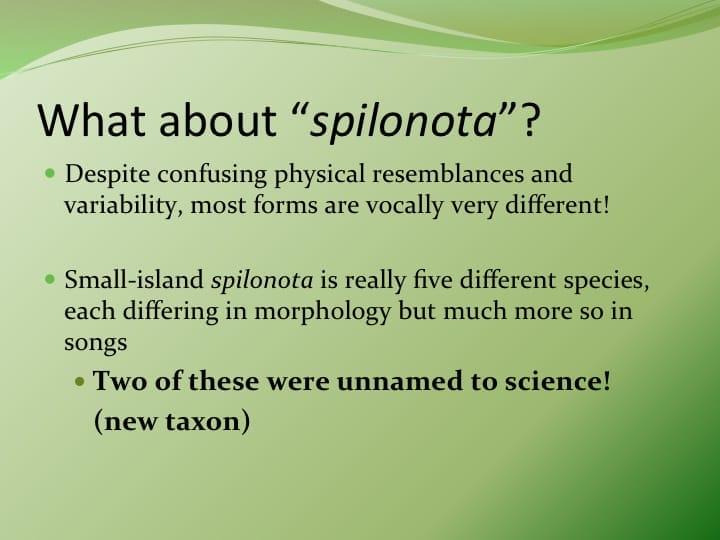
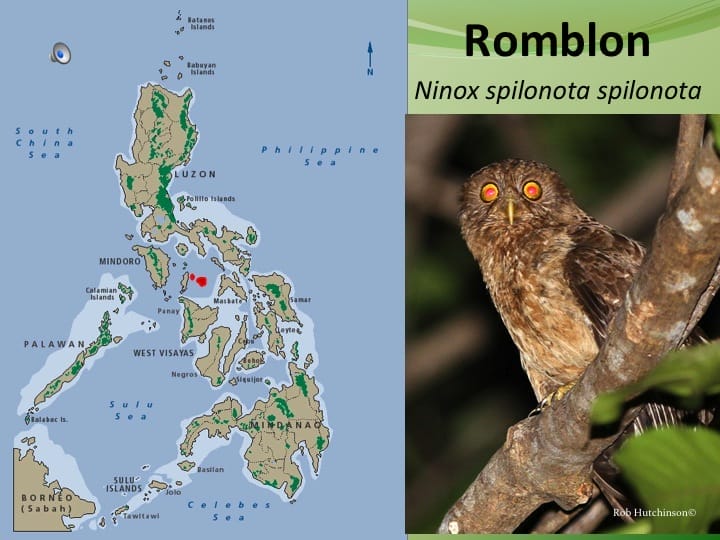
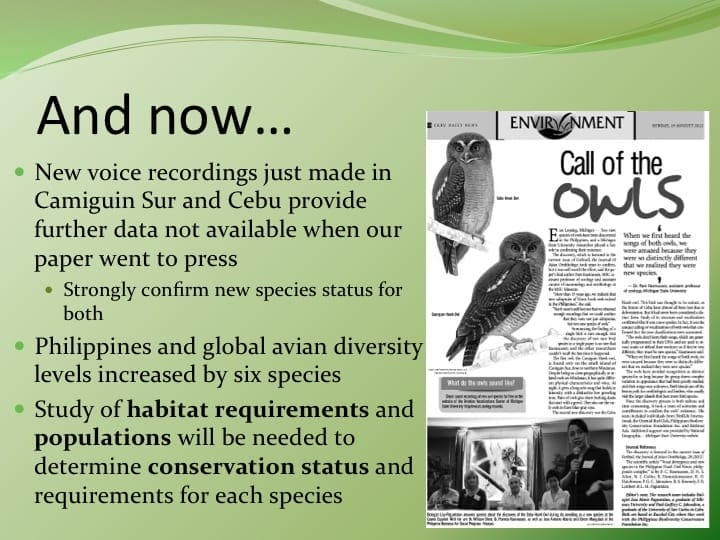
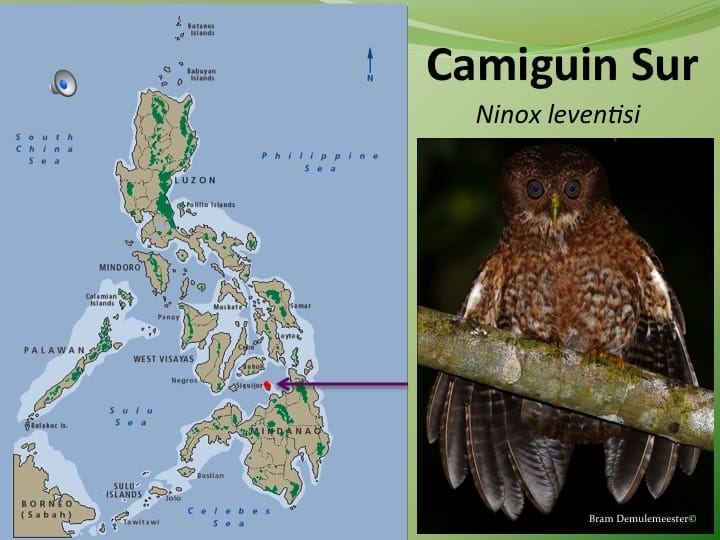
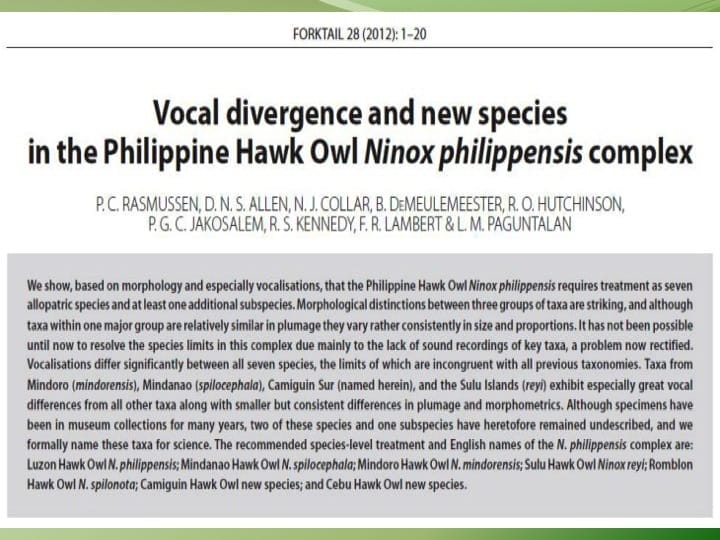

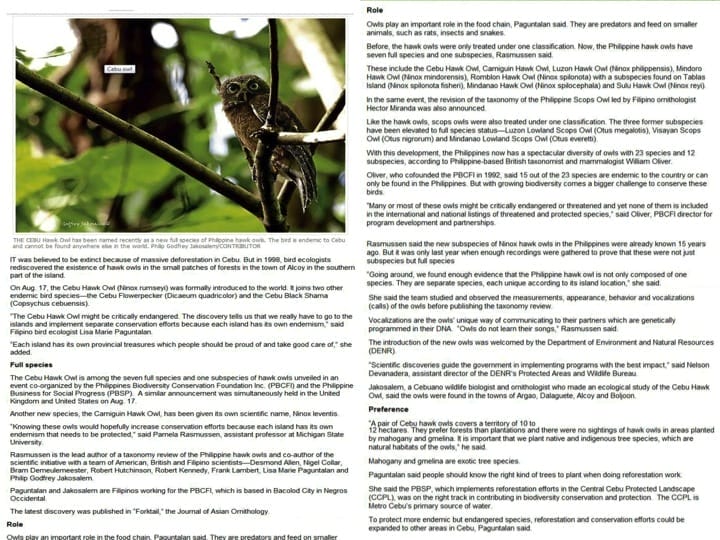


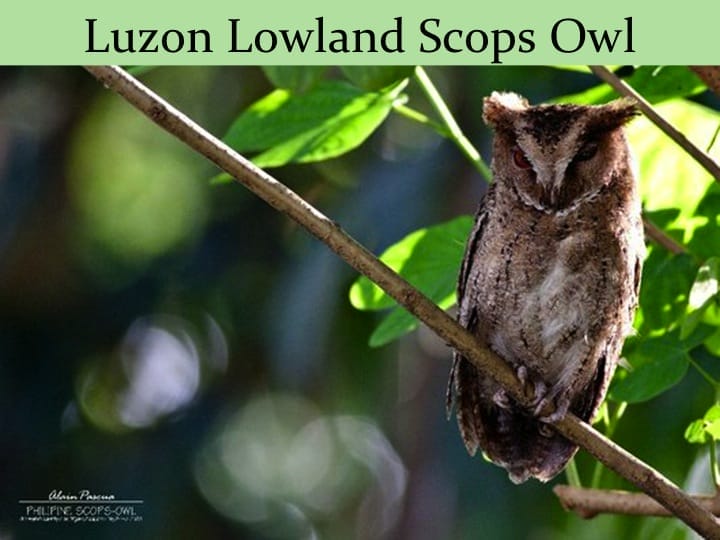
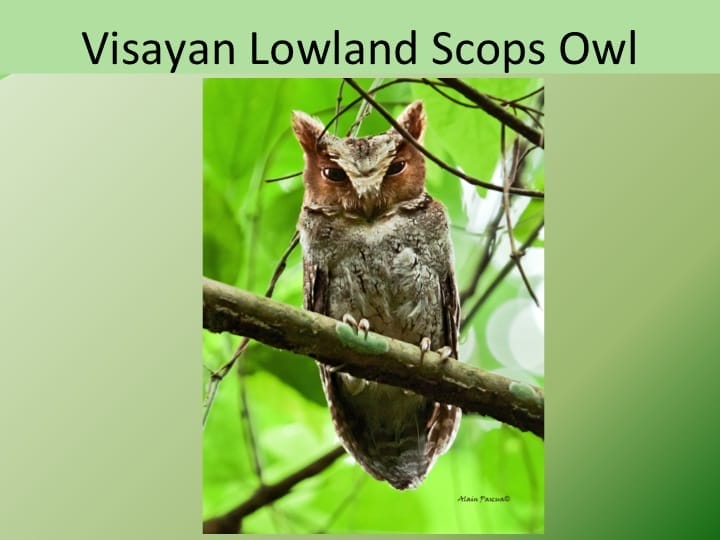
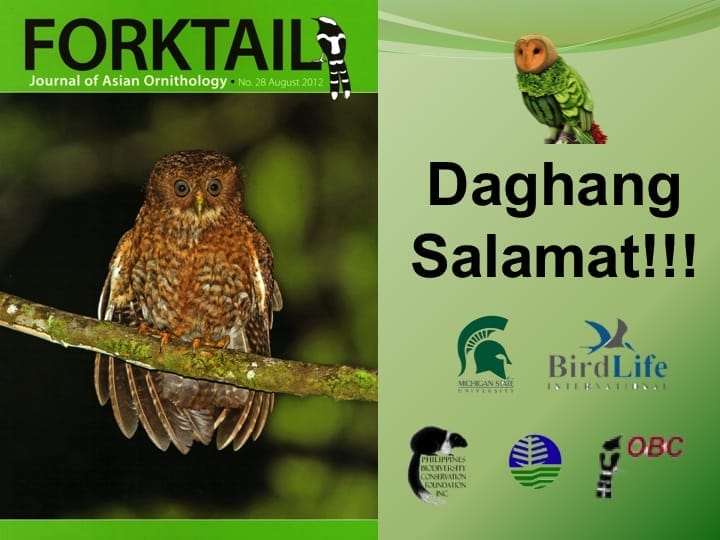
Pingback:January 2013 – Bird Festival Special Issue | e-BON
naa untanay local name nga gibutang sa
picture